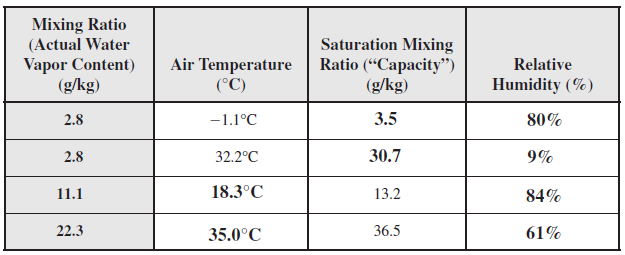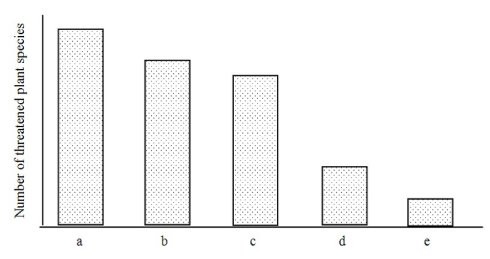Prior to WWII, what factor limited the development of large-scale industry in the Pacific Northwest?
A) The lack of power plants prevented the expansion needed.
B) With the lack of population on the Pacific Northwest, there was no demand for finished goods.
C) Its isolation from the rest of North America and difficulty of transporting goods.
D) With the adult U.S. population depleted in the Pacific Northwest after WWI, there was a lack of workers available.
C
You might also like to view...
What is the capacity of the air after it has descended back down to sea level on the lee side of the mountain?

Assume that condensation begins at 100% relative humidity and that no evaporation takes place as the parcel descends.
What will be an ideal response?
___ g/kg
Which of the following would cause the sea level to rise?
A) A decrease in the number of glaciers on land B) Faster rates of seafloor spreading C) A rise in the temperature of the oceans D) All of these are correct.
This term describes a specifically suburban area with a significant population of a particular ethnic group
A) exurbia B) ethnoburb C) enclave D) annexed urban area E) transitional boundary region
What conclusions can you make from examining the graph? 
A. Ecosystem "c" is used by humans about twice as much as ecosystem "d". B. Ecosystem "a" has the most threatened plant species. C. Ecosystem "a" has the most biodiversity. D. Humans use ecosystem "a" much more than ecosystem "b". E. None of these conclusions is supported by the data.